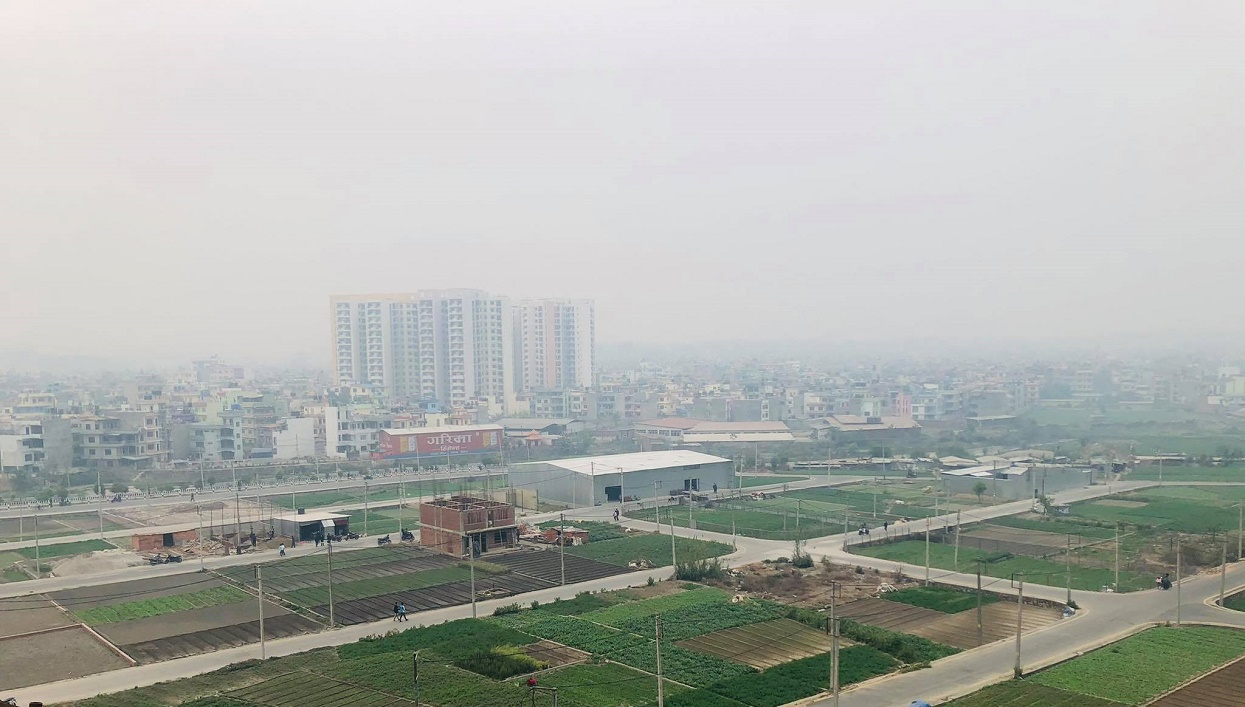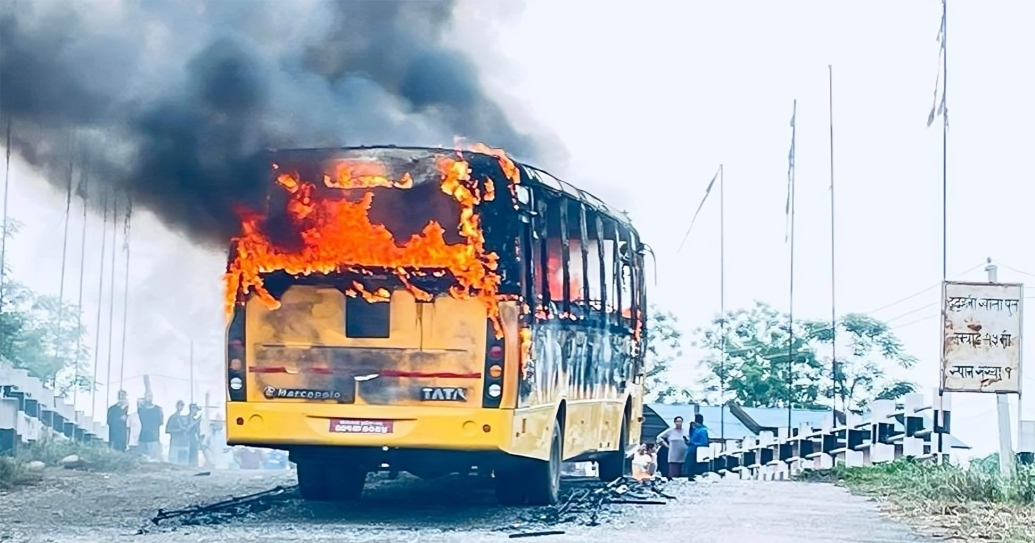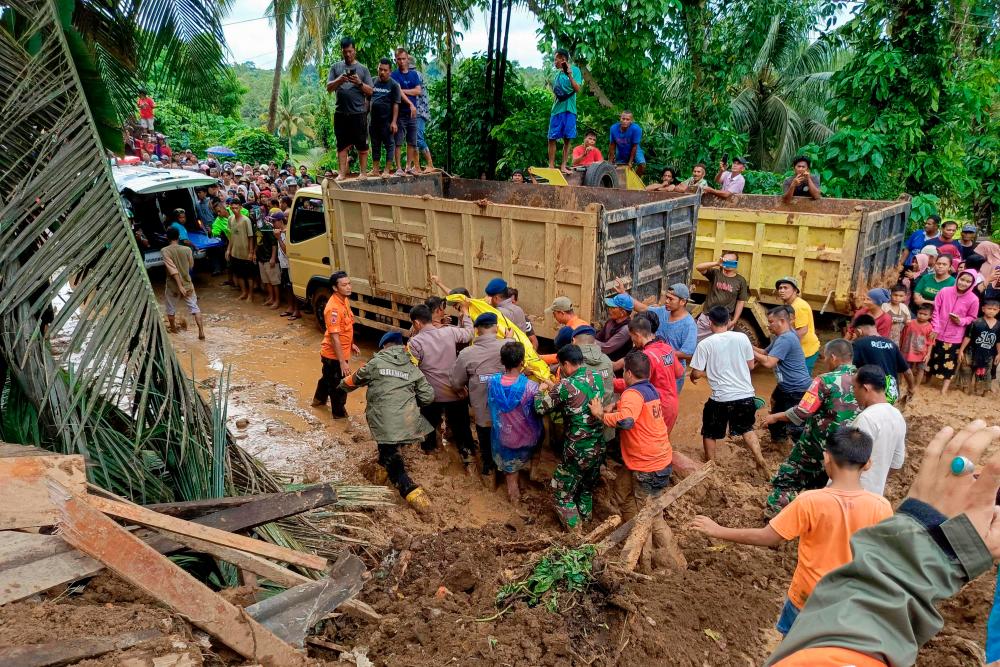Kathmandu hits hat-trick as world’s most polluted city
This level of pollution poses significant health risks to the population.

KATHMANDU: Kathmandu, the federal capital of the country, has become one of the most polluted cities in the world.
According to the morning records of the International Organization for Air Quality and Health (IQAir), the air pollution level in Kathmandu has reached an alarming rate of 175.
This level of pollution poses significant health risks to the population.
For the past three days, Kathmandu has consistently topped the list of the world’s most polluted cities.
Despite predictions of heavy rainfall in the Kathmandu Valley by the Meteorological Forecasting Division, there has been no significant reduction in pollution levels.
The deteriorating air quality in Kathmandu is a matter of grave concern, as it poses serious threats to public health.
Immediate measures need to be taken to address this issue and mitigate the adverse effects of air pollution on the residents of Kathmandu.
List of 10 most polluted cities in the world:-

Air Quality Index (AQI) ranging from 301 to 400 is considered hazardous, while AQI from 401 to 500 is deemed extremely hazardous.
AQI from 0 to 50 is considered good, while AQI from 51 to 100 is considered moderate.
Environmental health experts, including Yadav Joshi, advise against outdoor activities during increased pollution times due to increased airborne dust and smoke. ”
Fine particulate matter and small dust particles float in the lower atmosphere, which can enter our nose and mouth directly,” he says, “Patients with respiratory diseases such as asthma and pneumonia should wear masks as it significantly affects them.”
Professor Ram Prasad Regmi, who has studied the factors of air pollution in Kathmandu, explains that when cold air is trapped below and warm air is above, pollution increases. Hence, polluted air cannot escape outside the valley for a long time.
“This creates a stable layer of atmospheric surface over the valley,” he says, “which prevents the upward movement of emitted air pollution into the atmosphere.”









